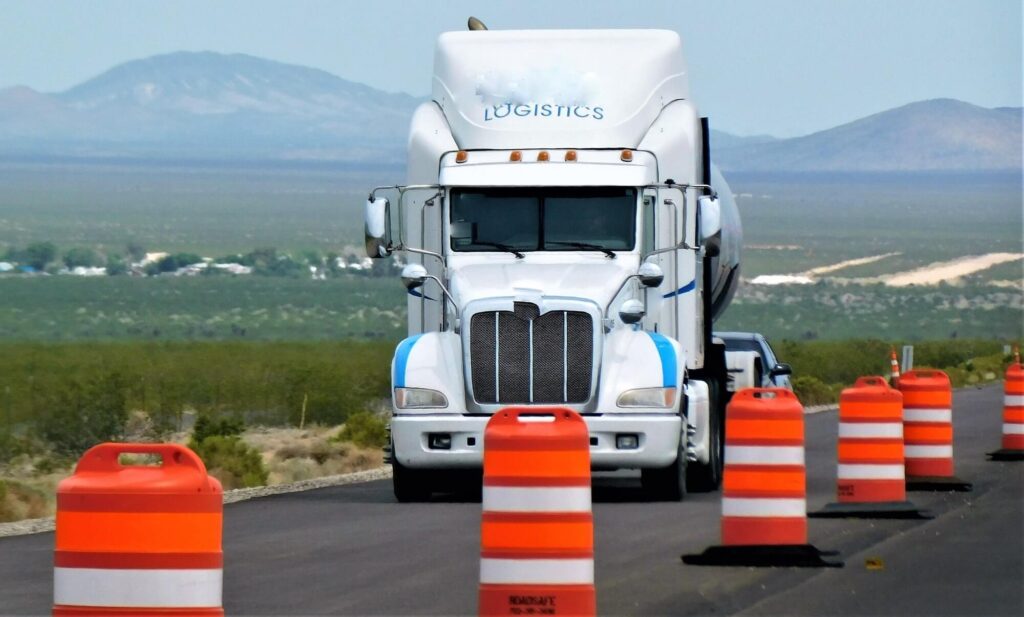Equipment Leasing
Reduce the financial burden of ownership and gain the access to necessary equipment without having to make a large upfront purchase. Providing Businesses the flexibility in upgrading to newer equipment as needed.
Don't have the cash or desire to purchase equipment outright?
Here's what you need to know about equipment leasing!
- Equipment is expensive, and it may be impossible for many small businesses to buy everything they need upfront. Equipment leasing is a way to spread the costs over a set amount of time.
- You may not own the equipment when you lease, but you don’t have to worry about your equipment becoming obsolete.
- With equipment leasing, you pay a fixed rate over a specific period. The interest and fees are built into the payment. Equipment leasing contracts typically run for three, seven or 10 years.
If you decide to lease equipment for your business rather than purchase it upfront, you enter into a lease agreement with the equipment owner or vendor. Similar to how a rental lease agreement works, the equipment owner drafts an agreement, laying out how long you’ll lease the equipment and how much you’ll pay each month.
During the lease term, you use the equipment until the deal expires. There are cases in which you can break the lease – and these instances should be spelled out in the contract – but many leases cannot be cancelled. Once the lease is up, you can often purchase the equipment at the current market rate or lower, depending on the vendor.
The rates you pay to lease the equipment vary by leasing company. Your business credit score also plays a role in the rates you’re quoted. The riskier you are in which to lend, the more expensive it will be for you to lease equipment. An equipment lease can be approved online in a few minutes. Leasing companies tend to specialize in specific industries, so it’s important to do your homework to find the right financing option for your business.
Equipment leasing terms are typically for three, seven, or 10 years, depending on the type of equipment.
Equipment leasing is not a loan, which means it won’t show up on your credit report and hurt your ability to borrow. In many cases, the IRS lets you deduct your equipment lease payments if you’re using the equipment for your company.
Leasing equipment offers many benefits to cash-strapped small businesses. While not all equipment leases are the same, and there are many ways to finance a lease, here are some advantages to leasing your equipment:
- It’s cost-effective to get started. Many lessors don’t require a significant down payment.
- You can update your equipment. If you often need to update equipment, leasing is a good option because you aren’t stuck with obsolete tools.
- It’s easier to scale. If you need to upgrade to more advanced equipment to handle a higher work volume, you can do so without selling your existing machinery and shopping for replacements.
- It may offer tax credits. Equipment leases are often eligible for tax credits. Depending on the lease, you may be able to deduct your payments as a business expense.
The Leasing Process : What to Expect
When applying for a lease, you can expect the process to include these steps:
- You complete an equipment lease application. Be sure you have financial data available for your company and its principals, as this may be required upfront or after initially completing the application.
- The lessor processes your application and notifies you of the result. This usually happens within 24 to 48 hours of submitting the application. Some lessors may not require financials or a business plan for applications on dollar amounts ranging from $10,000 to $100,000. For financing over $100,000, expect to provide complete financials and a business plan.
- Once you receive approval, you must review and finalize the lease structure – including monthly payments and the fixed APR. You’ll then sign the documents and resubmit them to the lessor, typically along with the first payment.
- When the lessor has received and accepted the signed documents and first payment, you are notified that the lease is in effect and that you are free to accept delivery of the equipment and commence any necessary training.
- Funds are released 24 to 48 hours directly to you or the manufacturer from which you are purchasing.
Looking for an Expert Financial Consultant?
Book yourself a ticket for a callback or virtual meeting with our Expert Team.
- Call Now : (437) 286-2000

